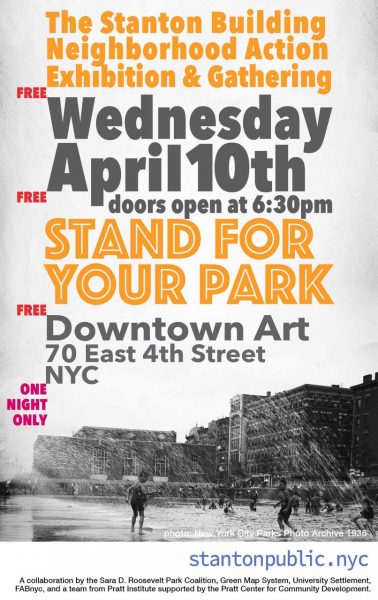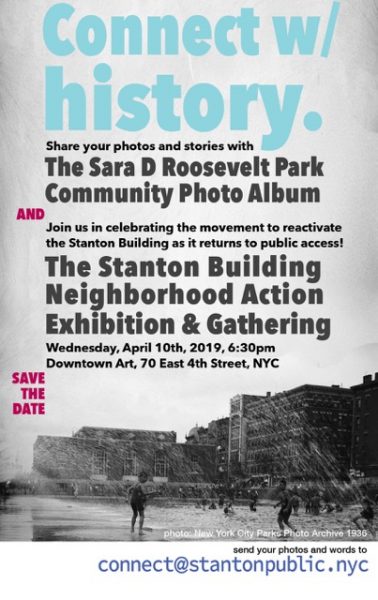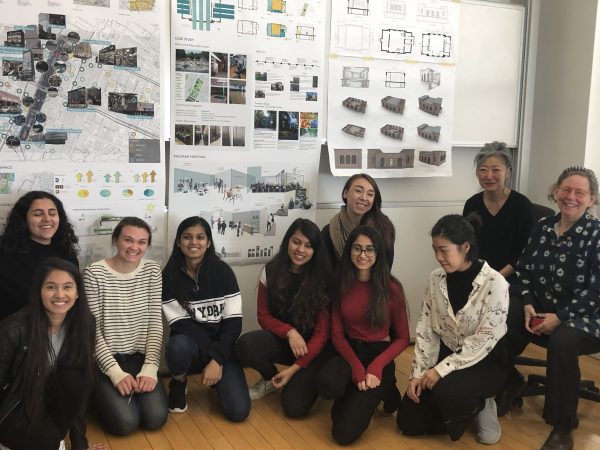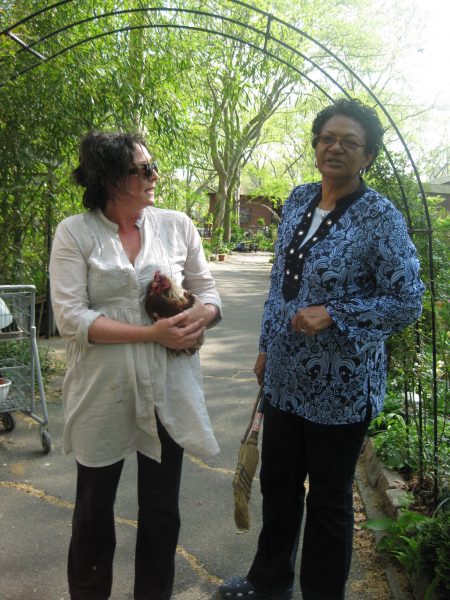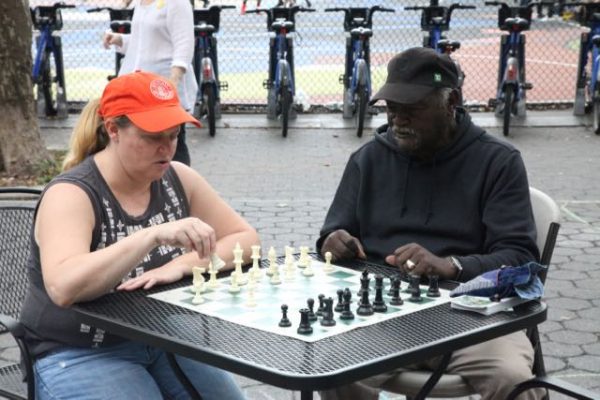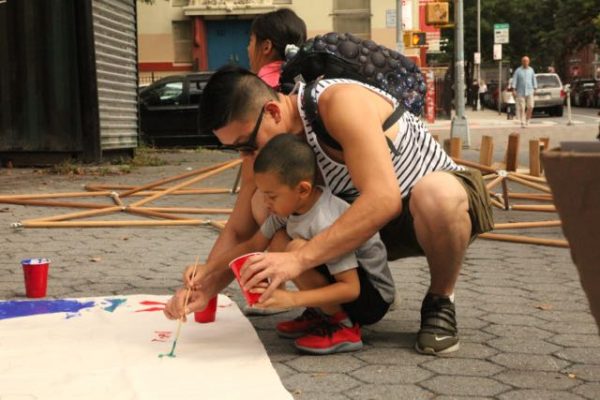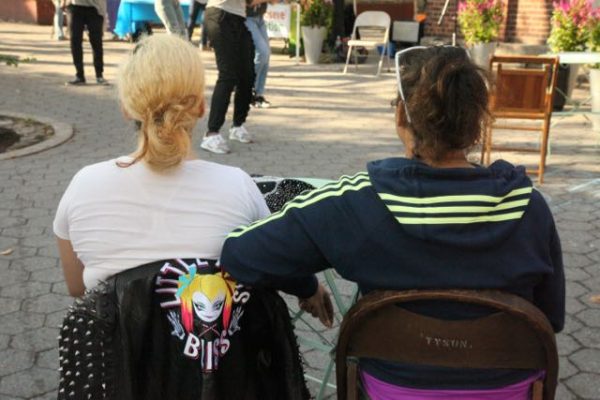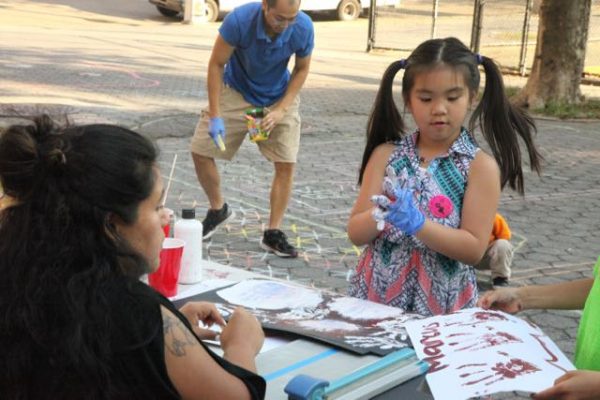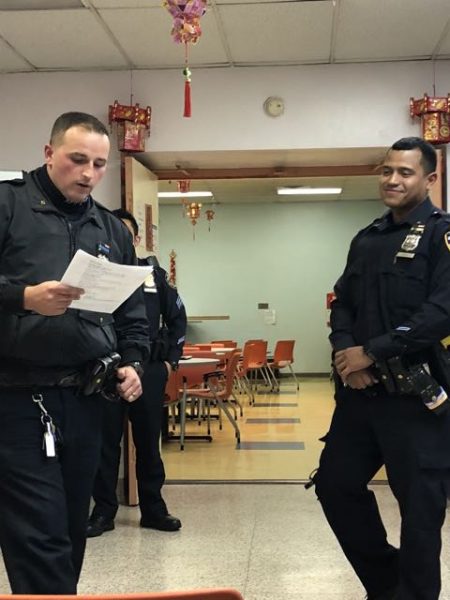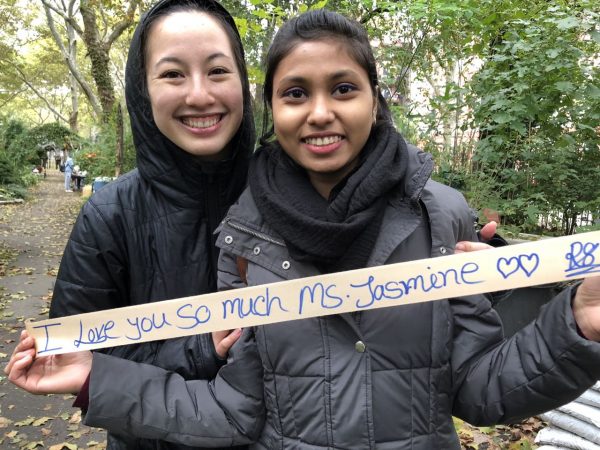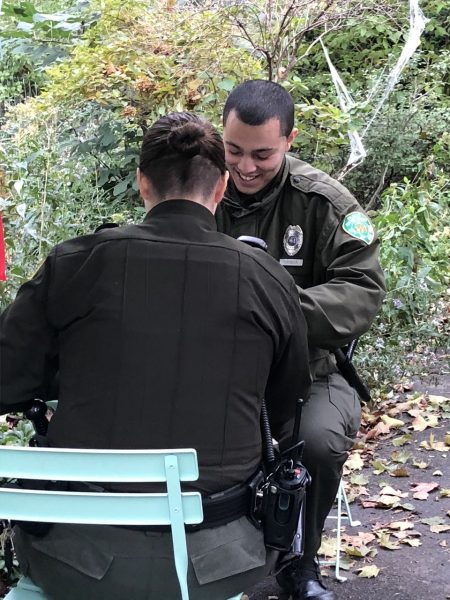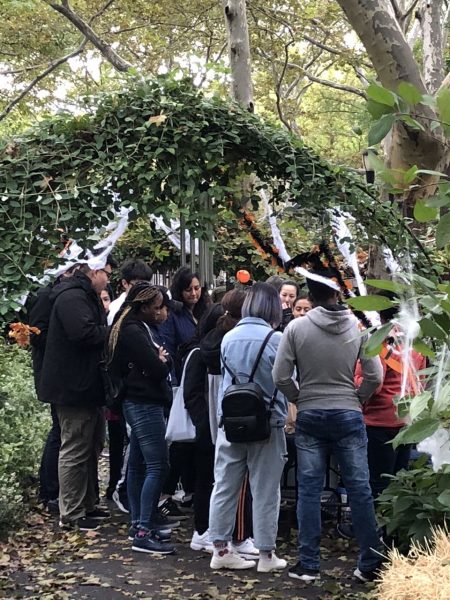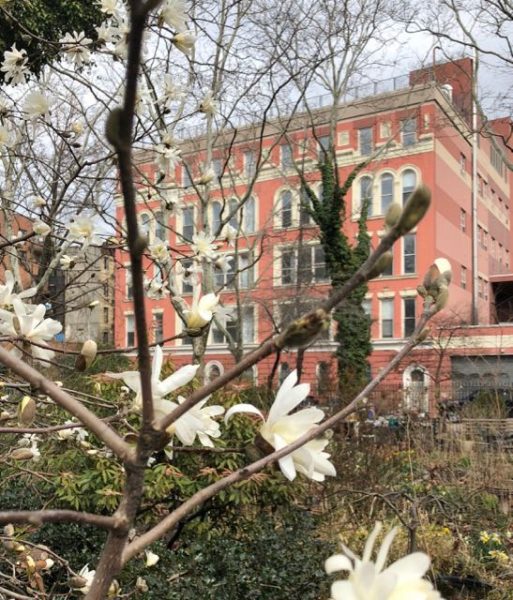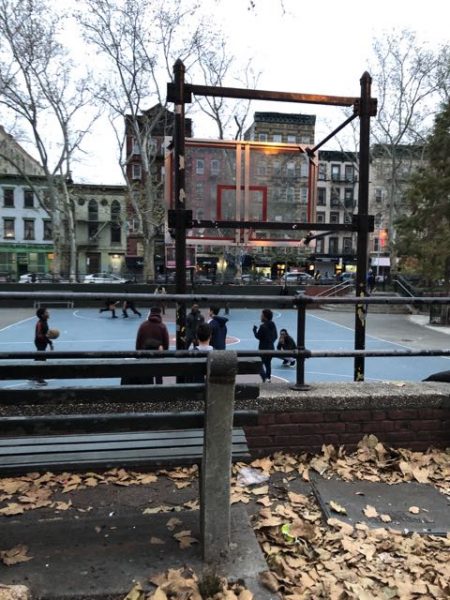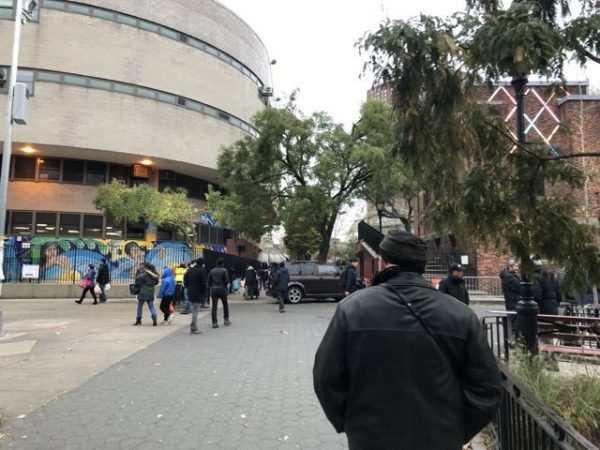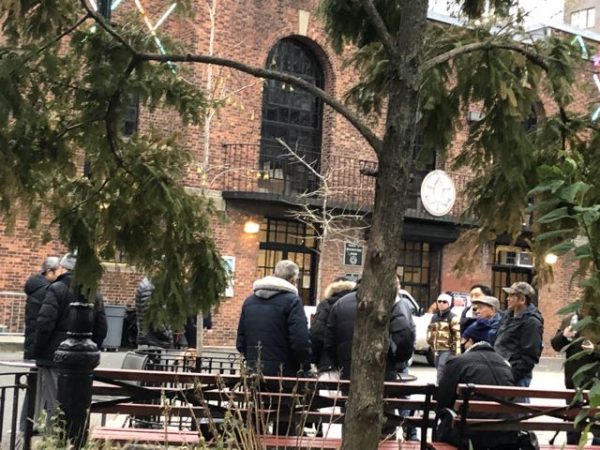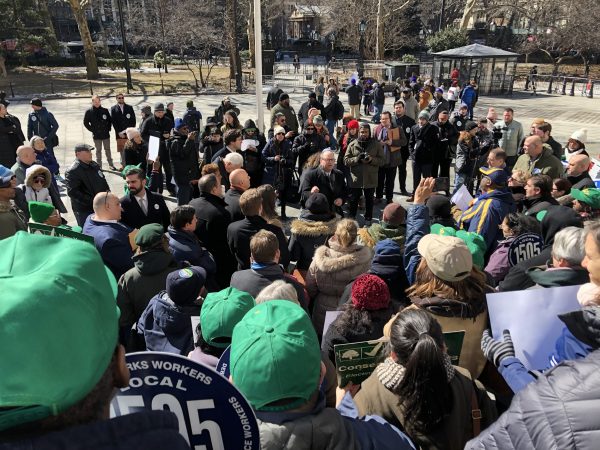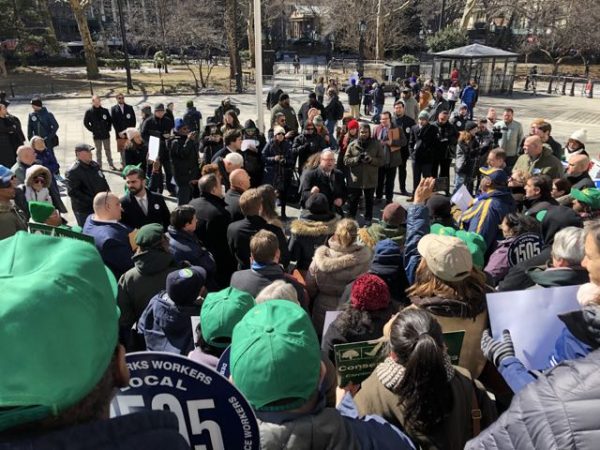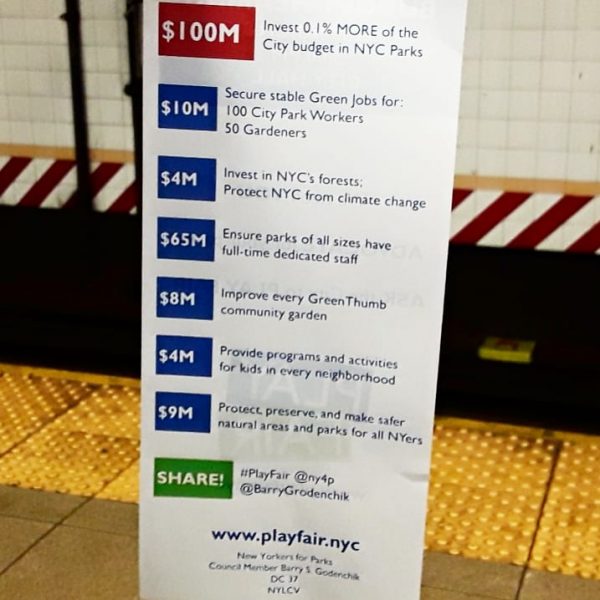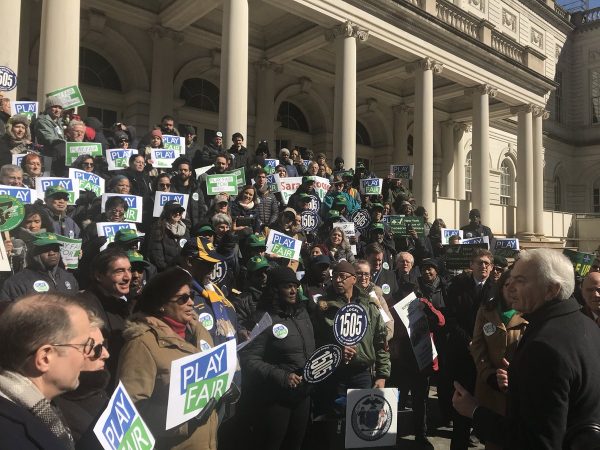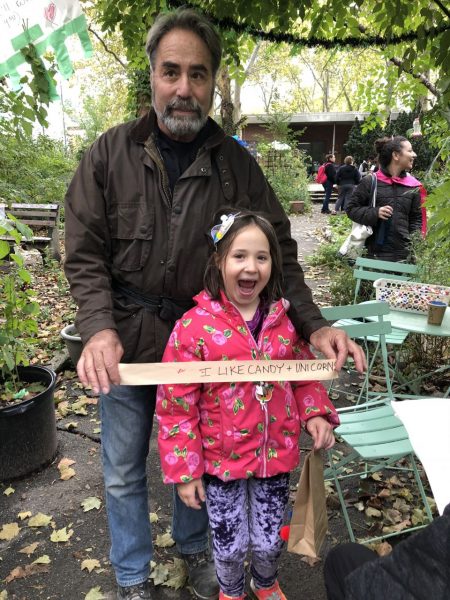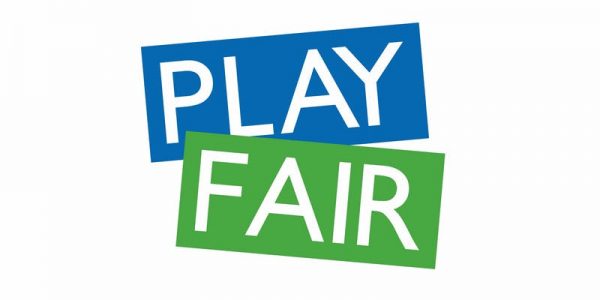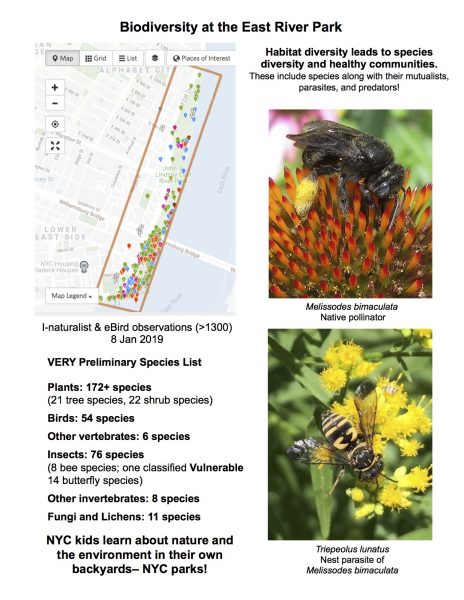Play Fair
We’re introducing Play Fair, a new multi-year advocacy campaign for parks leading up to the Mayoral election in 2021. In 2019, we are kicking off the Play Faircampaign by focusing on a significant increase to the expense budget for the Parks Department, which would “baseline,” or secure, funding for much-needed maintenance, gardener and park worker positions in the City budget. Investing in greenspaces also improves air quality, makes our neighborhoods more resilient, and brings New Yorkers closer to nature.
New Yorkers for Parks is partnering with Council Member Barry Grodenchik, Chair of the Parks Committee, the New York League of Conservation Voters, and DC37, the Parks workers’ union, to form the PLAY FAIR COALITION.
We’re having a rally to formally launch Play Fair, and we want you to be there with us. On Thursday, February 28th from 12:00pm-1:00pm, we’ll be on the Steps of City Hall to demand a bigger piece of the pie for Parks. We need YOU to help us show decision-makers that parks deserve significant public investment in maintenance and operations for cleanliness and safety.
RSVP
The Play Fair Coalition will ask the Mayor and the City Council to direct much-needed maintenance and operations funding to the NYC Parks Department. Although City parks make up 14% of NYC’s land, last year the agency only received a meager 0.59% of the total City budget. For too long, parks and gardens have been overlooked as essential infrastructure for healthy neighborhoods: now is the time to demand change and PLAY FAIR for PARKS!
NOTE: Please arrive to the rally by 11:30 AM to clear security. Signing up isn’t required, but will help us know how many people will be joining us.
RSVP
